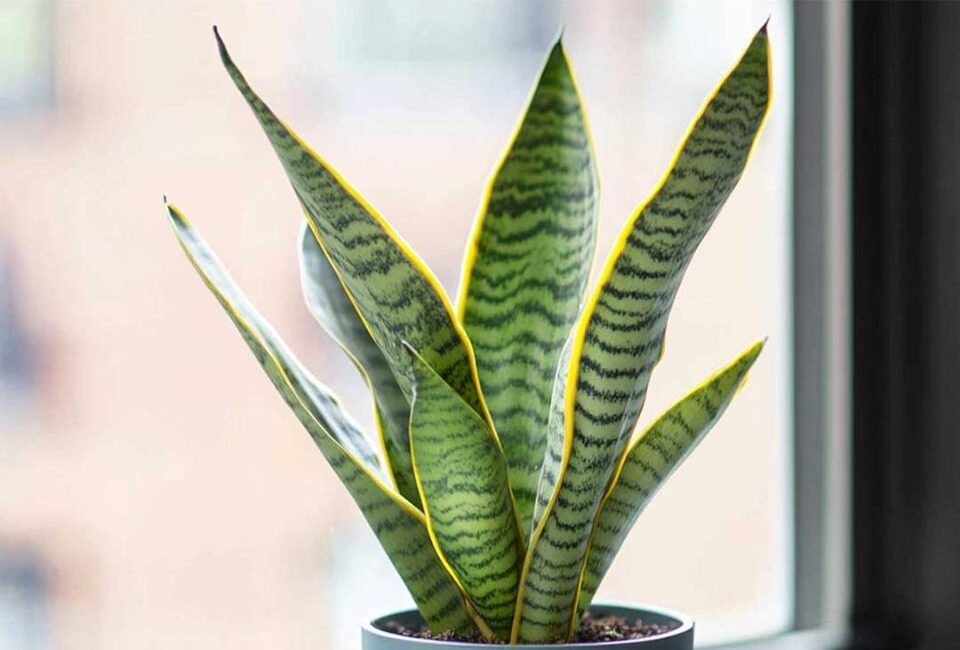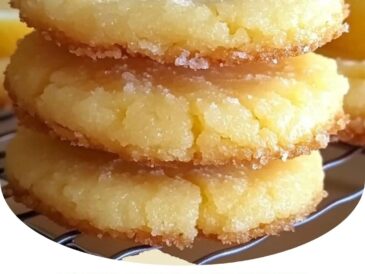Planter saucers are widely used by indoor and outdoor gardeners alike. They’re commonly placed beneath plant pots to catch excess water that drains out after watering. At first glance, they seem like an ideal solution to prevent messy spills, protect floors and furniture, and help maintain cleanliness. Available in a wide range of materials including plastic, ceramic, terra cotta, and metal, saucers are often chosen for their aesthetic appeal as much as their utility.
However, many plant enthusiasts are unaware of the potential problems planter saucers can cause. While they may be functional and attractive, saucers can introduce a host of issues that compromise both plant health and household maintenance. These include overwatering and root rot, pest infestations, mold growth, water damage to surfaces, and restricted airflow for plant roots.
This comprehensive article explores why saucers might be doing more harm than good, delves into the science behind healthy root systems, and offers a range of practical, attractive, and effective alternatives to traditional saucers.
I. The Hidden Problems with Planter Saucers
1. Root Rot and Overwatering: The Silent Killers
The number one issue with planter saucers is the increased risk of overwatering, which can lead to root rot—a deadly condition for most houseplants. When water collects in the saucer and isn’t emptied promptly, it creates a saturated environment around the base of the pot. Soil in constant contact with standing water stays soggy longer than it should, suffocating the roots and creating anaerobic conditions that are perfect for fungal pathogens.
Root rot typically develops when plant roots are deprived of oxygen and start to decay. Signs of root rot include yellowing leaves, wilting despite moist soil, stunted growth, and a foul smell coming from the soil. Once it sets in, root rot can be difficult to reverse and often results in the death of the plant.
2. Pests Love Saucers
Another major concern is that saucers can attract pests. Moist environments are breeding grounds for fungus gnats, mosquitoes, ants, and even slugs in outdoor settings. Fungus gnats in particular lay eggs in damp soil, and their larvae feed on young roots and decaying organic matter. These tiny insects may not harm mature plants directly, but they can be a serious nuisance and indicate poor growing conditions.
Outside, saucers can also become mosquito breeding grounds if they collect rainwater or aren’t emptied regularly. Insects that are attracted to moisture can eventually find their way into the plant’s foliage and cause further stress or even disease.
3. Mold and Mildew Growth
The high humidity created by water pooling in a saucer can promote mold and mildew growth. Mold often appears as a fuzzy, white coating on the surface of the soil, but it can also grow along the inside of the saucer or pot. While some molds are harmless, others can release spores into the air that may cause respiratory issues in humans, particularly those with asthma or allergies.
Mildew and algae can also discolor and damage the exterior of pots and surrounding surfaces. For those who use plant saucers on furniture or flooring, the combination of moisture and microbial growth can result in unpleasant stains or odors.
4. Water Damage to Indoor Surfaces
Ironically, the very thing saucers are meant to prevent—water damage—is something they often cause. If a saucer cracks, overflows, or leaks due to poor design or improper use, the excess water can easily damage flooring, especially wood, laminate, or carpet. Over time, repeated exposure to even small amounts of water can lead to staining, warping, or mold growth beneath the surface.
In some cases, capillary action causes water to seep out from under the saucer and spread across surfaces, especially if the saucer is made of porous material like unglazed terra cotta.
Click page 2 for more




